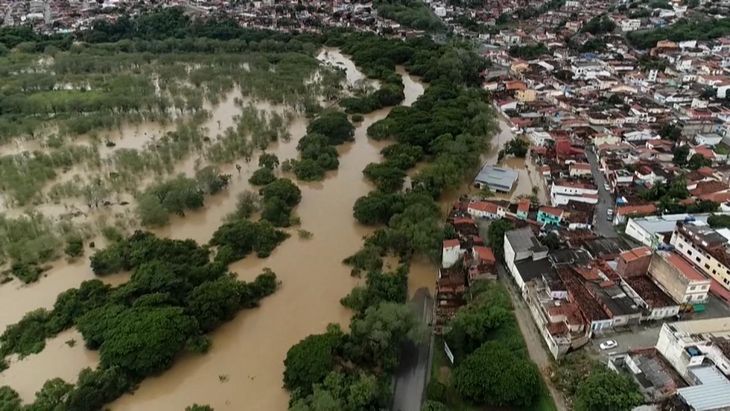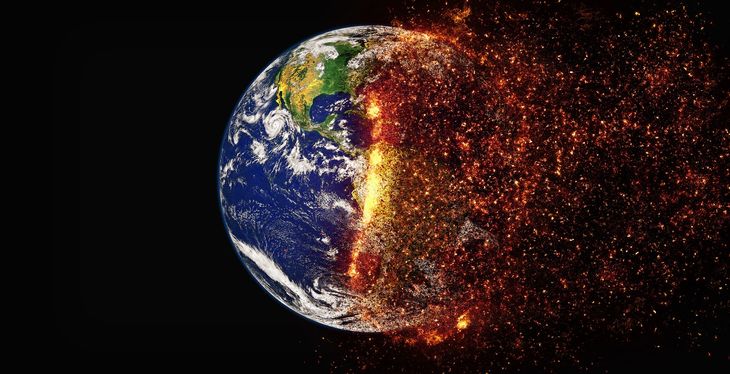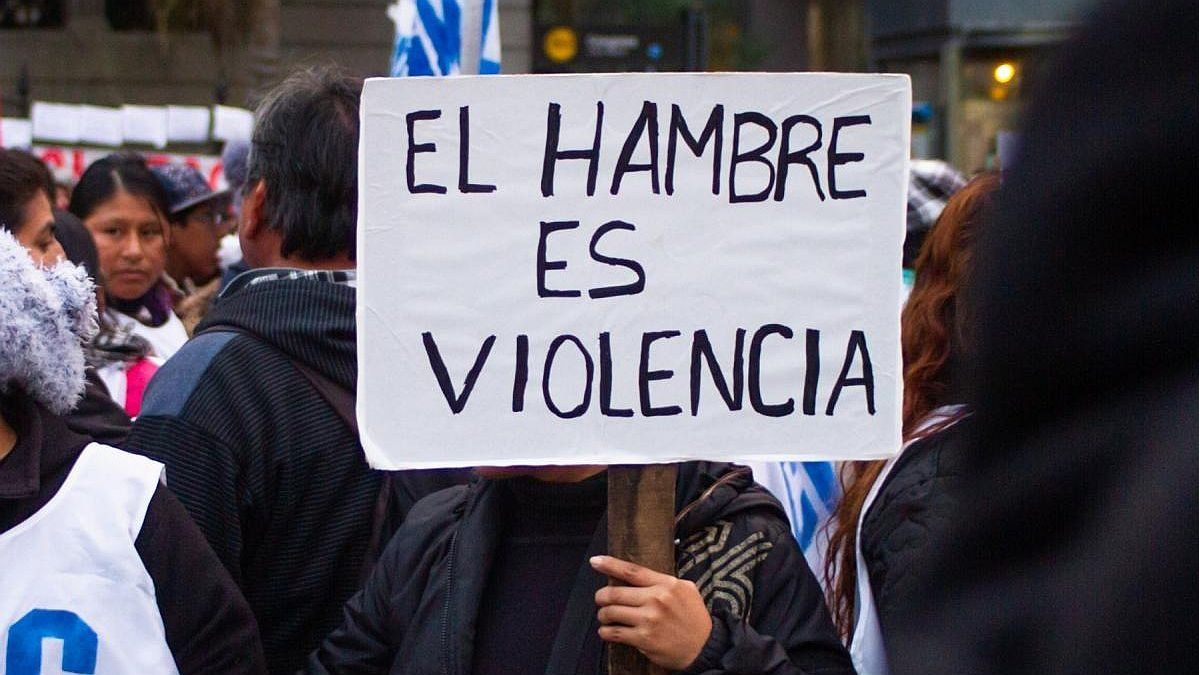Floods, drought and heat waves hit crops in Europe and Asia and threaten the Horn of Africa with famine.
Experts also warn that this could be just the beginning.
“If we don’t act now, this is just a taste of what is to come”says Mamadou Goita, from the IPES-Food group, which works with peasant organizations, mainly in Africa.
POVERTY
NA
food on alert
The food production is both one activity with significant greenhouse gas emissions and extremely exposed to climate change.
Some of these impacts are long-term, such as the lower yield of landwarming of the oceans, seasonal changes between pollinators and plants or the excessive heat in field work.
But others must already be included among the current risk factors.
Flooding can cause a “sudden devastation of livelihoods and infrastructure”exemplifies Rachel Bezner Kerr, professor at Cornell University in the United States and main author of this report from the UN group of climate experts (IPCC).
The year 2022 is offering dramatic examples.
The heatwave has affected crops across South Asia and drought has ravaged crops in Europe.
Floods drowned rice paddies in Nigeria and China, where drought hit the Yangtze River basin, which is home to a third of the country’s arable land.
brazil-floods.jpg

The crisis hits the most vulnerable
Some 22 million people are threatened by famine in Kenya, Somalia and Ethiopiaafter four rainy seasons… no rain, according to the UN World Food Program.
In Pakistan, floods caused by a unprecedented monsoon they swallowed huge swathes of agricultural land.
Climate disasters can lead export restrictionssuch as those imposed this year by India after its wheat harvest suffered the dog days.
Speculation and the energy crisis caused by the war in Ukraine only worsened the situation, driving up grain prices.
One part of the solutions is monetary, particularly for small farmers on the “front line” of climate change and food insecurity, says Claire McConnell of the E3G think tank.
But they only receive 2% of the aid for climate change, according to the expert.
Climate Change.jpg

Emission reduction
This occupies an important place since food production will be “impossible” in certain regions if warming continues on its current trajectoryaccording to the IPCC.
Redirecting billions of dollars of farm subsidies that harm the environment and climate would be an excellent start, says Professor Bezner Kerr.
The inhabitants of rich countries could by their side reduce your meat consumption, and therefore the use of cereals as livestock feed, with which animal husbandry would stop advancing to the detriment of the forests.
And all countries could diversify their diet beyond the rice, corn, wheat and potato that make up the usual diet.
But these solutions have their limits. Today there are no varieties of cereals capable of withstanding the increasingly frequent and destructive inclement weather and disasters that devastate the planet.
Source: Ambito
David William is a talented author who has made a name for himself in the world of writing. He is a professional author who writes on a wide range of topics, from general interest to opinion news. David is currently working as a writer at 24 hours worlds where he brings his unique perspective and in-depth research to his articles, making them both informative and engaging.




